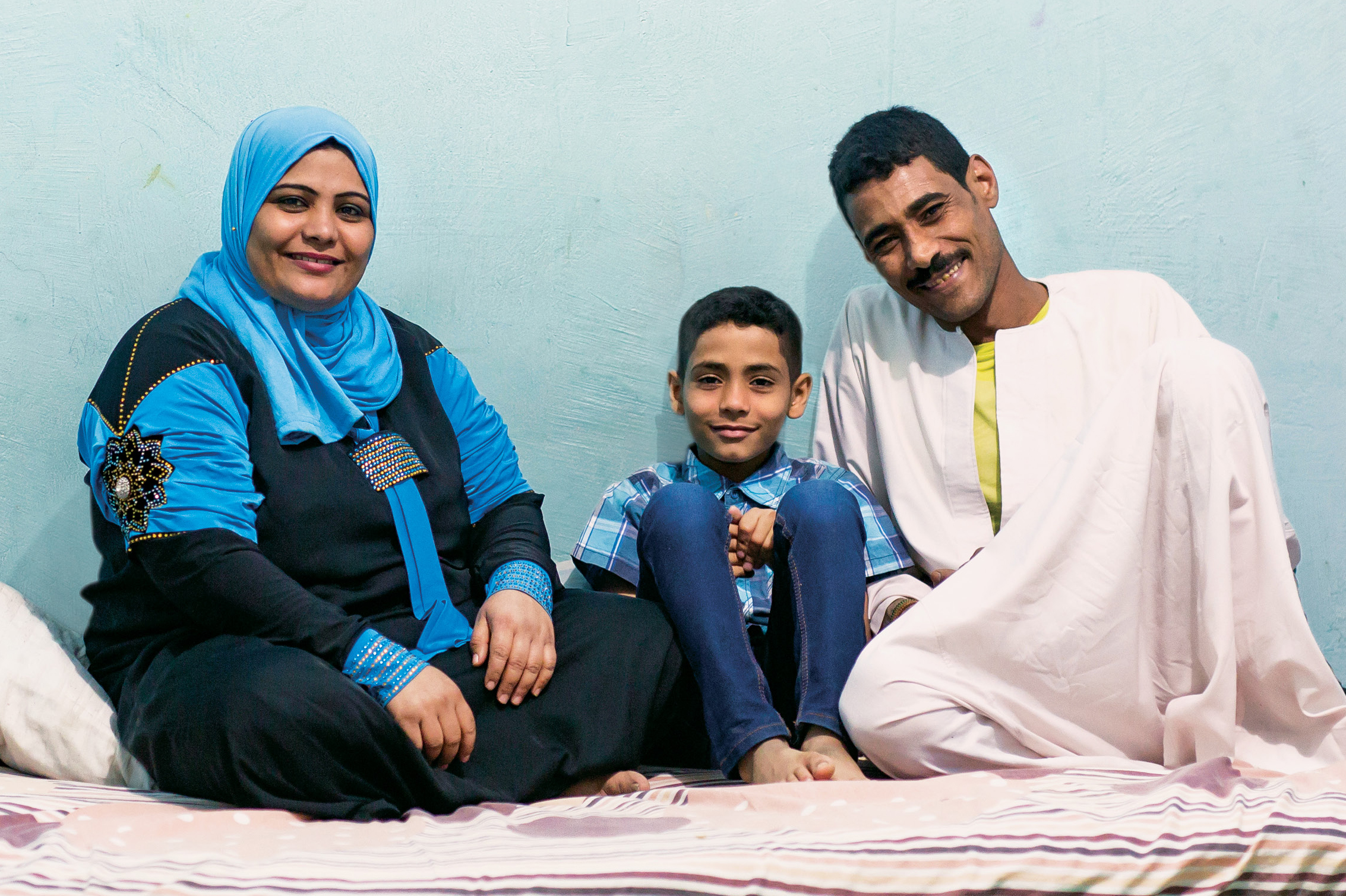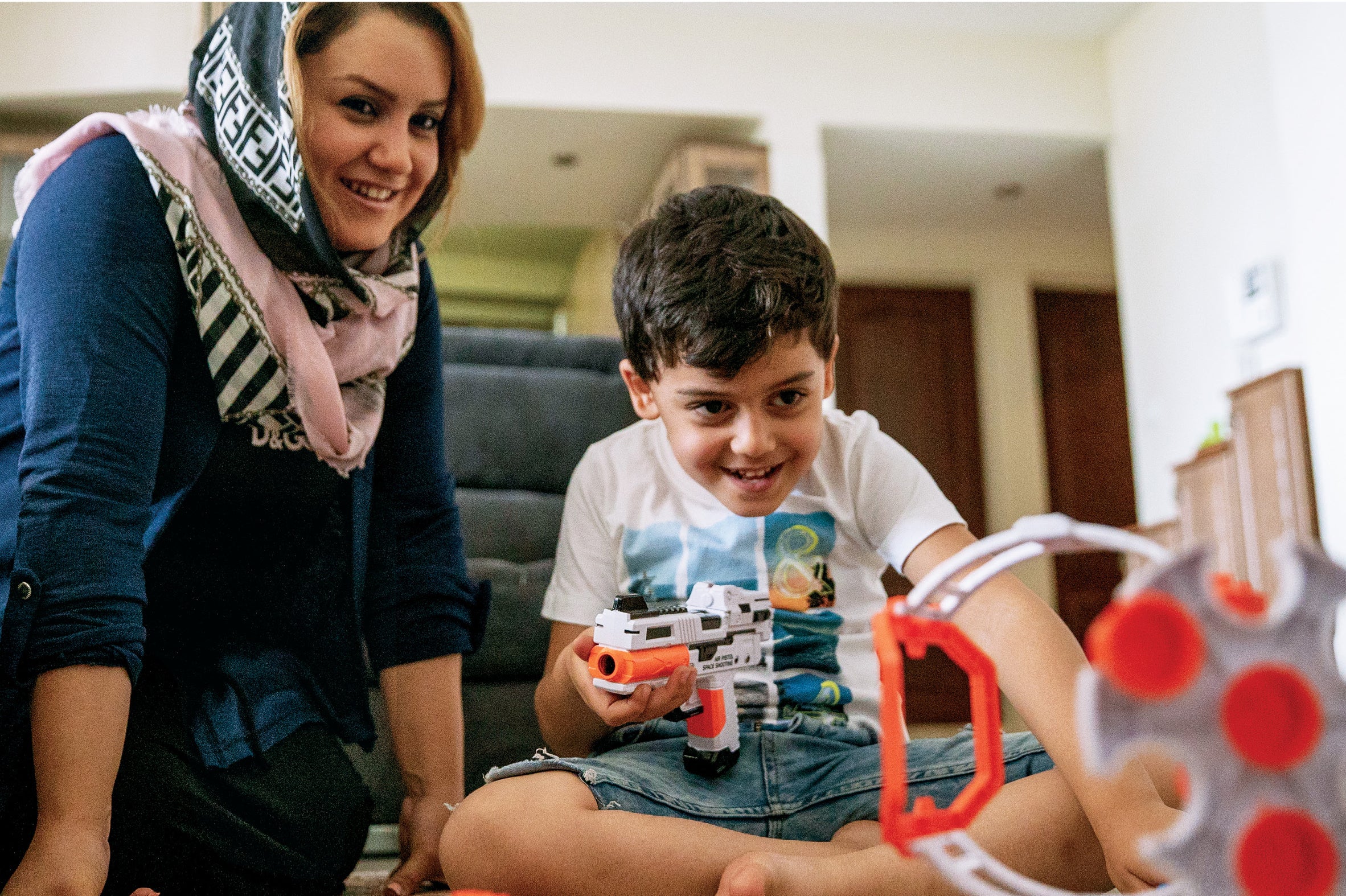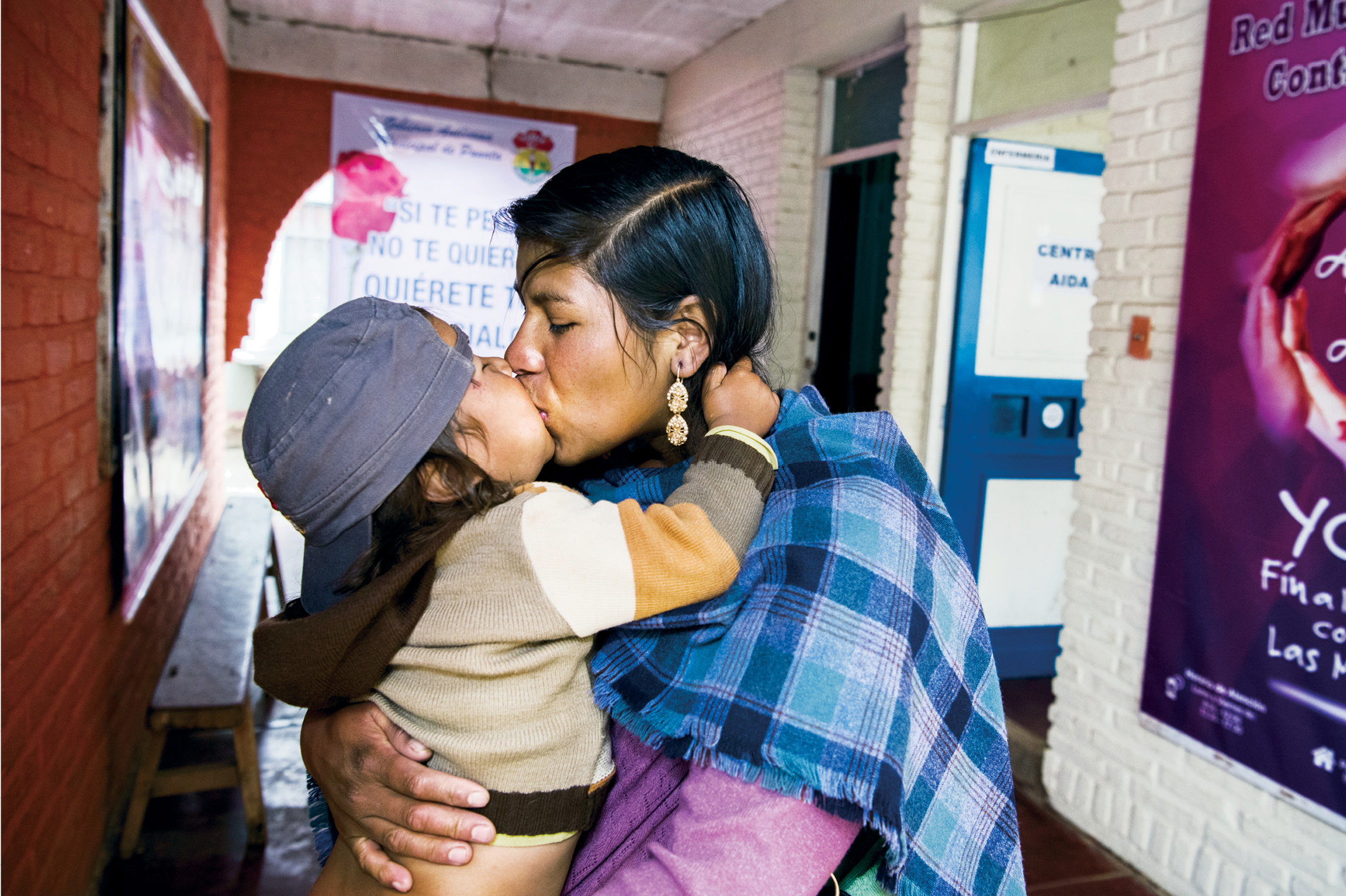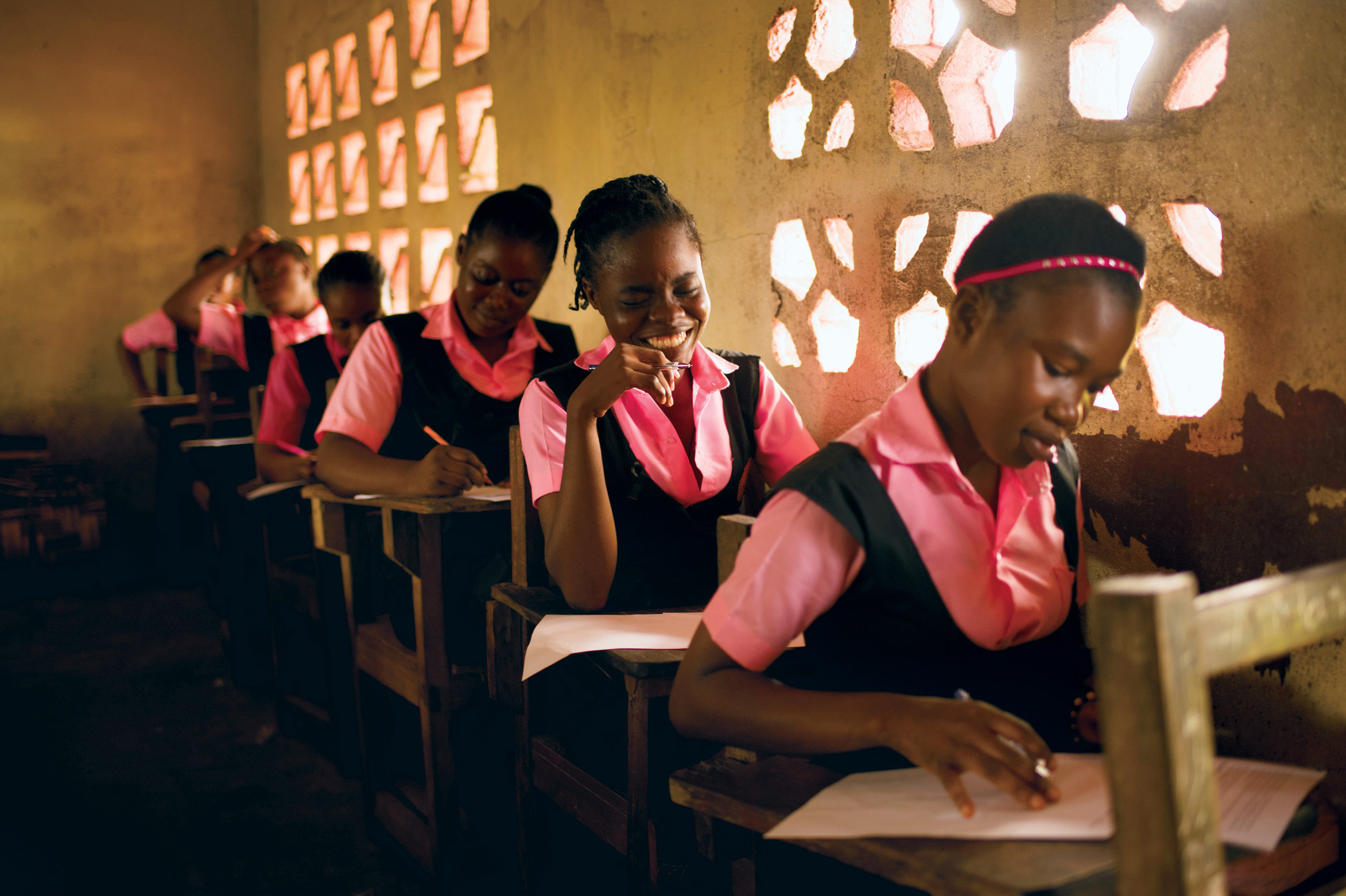News
Five actions for choice
- 16 October 2018
News
UNITED NATIONS, New York – Across the world, choices are restricted for too many women, says UNFPA’s flagship report, The State of World Population 2018, released today.
The freedom to make decisions that affect one’s health and well-being is inextricably linked to reproductive rights. Where individuals and couples are unable to decide whether and when to have children, fertility rates are often high, making it harder for countries to provide essential services – including health care and education – that help people chart a path from poverty.
Reproductive rights are integral to realizing the Sustainable Development Goals. Yet no country – regardless of income level or political system – has made reproductive rights a reality for all. There are still millions of women who are having more, or fewer, children than they would like, with implications for families, communities and entire nations.
Fertility rates – whether high or low – can indicate various shortfalls in human rights. Countries with high fertility are typically poorer and may suffer from entrenched gender discrimination. Child marriage, for example, often leads to early childbearing. Conversely, countries with low fertility – though they tend to have higher levels of education and income and less unmet need for family planning – may struggle with gaps in affordable childcare that lead people to have fewer children than they would like. This can result in demographic shifts that strain public-service delivery and threaten to weaken economies.
Whatever the barrier to reproductive rights, governments must do more to ensure public policies, services and budgets align towards choice, the report underscores. Here are five actions countries can take to fulfill reproductive rights for all.

In 1994, governments committed to enabling people to make informed choices about their sexual and reproductive health as a matter of fundamental human rights. This entails ensuring that everyone has the means to decide freely the number, spacing and timing of their children. Yet, 25 years later, universality has not been achieved.
To begin closing the gaps, countries should account for intersecting factors that influence reproductive rights when designing and implementing policies. Bangladesh, for example, realized its fertility goals by adopting a comprehensive approach to development that emphasizes building people’s capacities in health, education and income. A starting point in any country could be to conduct national reproductive “check-ups” to assess whether laws, policies, budgets, services, awareness campaigns and other activities are aligned with reproductive rights.

Women with an unmet need for modern contraception account for more than four in five unintended pregnancies in developing countries. But unmet need exists practically everywhere, even in countries with low fertility. Nationally owned and funded family planning programmes that aim to end unmet need for family planning can help countries attain the Sustainable Development Goals.

Reproductive health services in many countries still do not receive the attention and funding they deserve, despite their impact on a spectrum of human rights and development goals, from poverty reduction to labour force participation. These services should be considered integral to primary health care. Asking questions about whether or not people of reproductive age are having the number of children they want should be standard in general medical examinations, backed by information and referrals for those who are not satisfied with their existing options.

People need knowledge to exercise their reproductive rights and decide whether, when and how often to become pregnant. This knowledge should be imparted to young people before they become sexually active. All school curricula should include age-appropriate comprehensive sexuality education about rights, relationships and sexual and reproductive health, with an emphasis on gender equality.

Shortfalls in women’s rights are closely intertwined with those in reproductive rights. Gender discrimination can preclude women from accessing the health services they need to make their own choices about contraception. Where women are subordinate in household decision-making or subjected to gender-based violence, they may have little control over their own fertility.
Gender equality should be enshrined in all national policies. Gender-responsive budgets, which screen policies to direct public resources based on their contribution to gender equality, can be an important tool to accelerate progress.
Work on social norms is also essential. Although women around the world are increasingly aware of their rights, attitudes among men remain major barriers. Women everywhere take on a disproportionate share of unpaid care work, which may discourage some from having as many children as they would like. Conversely, for those who have more children than they want, the demands of household labour may become an insurmountable barrier to securing paid work or participating in community affairs.
Around the world, fertility choices have the power to improve individual well-being, transform societies and accelerate global development.
“In the end, our success will not just come in reaching what we imagine is the ideal fertility,” UNFPA Executive Director Dr. Natalia Kanem stated in the report. “The real measure of progress is people themselves: especially the well-being of women and girls, their enjoyment of their rights and full equality, and the life choices that they are free to make.”